Introduction
Orthognathic surgeries, also known as corrective jaw surgery, is a life-changing procedure that corrects a range of skeletal and dental irregularities. This surgery not only improves functionality but also enhances aesthetic appearance, boosting patients’ confidence and quality of life. Whether you’re dealing with misaligned jaws, speech difficulties, or chronic jaw pain, orthognathic surgery might be the solution you’ve been searching for.
What is Orthognathic Surgery?
Orthognathic surgery involves surgical correction of the jaw bones to align them properly. It’s typically used to address severe malocclusions, skeletal discrepancies, and other jaw-related issues that cannot be corrected with orthodontics alone. Conditions treated include underbites, overbites, crossbites, and open bites, as well as facial asymmetries and congenital disabilities.

Who Needs Orthognathic Surgery?
Only some people with a misaligned jaw need orthognathic surgery. This procedure is usually reserved for individuals who have significant functional problems that affect their daily lives. Candidates often experience difficulty chewing, speaking, or breathing. Chronic jaw or TMJ pain, sleep apnea, and severe malocclusion are also indicators that you might need this surgery. Orthodontists and maxillofacial surgeons work together to identify patients who would benefit the most from this intervention.
Digital Surgical Planning for Precise Results
In recent years, digital surgical planning has revolutionized orthognathic surgery. This technology allows surgeons to create a detailed 3D model of the patient’s jaw. Surgeons can plan the procedure with incredible precision, predicting outcomes and making adjustments before even entering the operating room. This leads to more accurate results, shorter surgery times, and faster recovery periods.
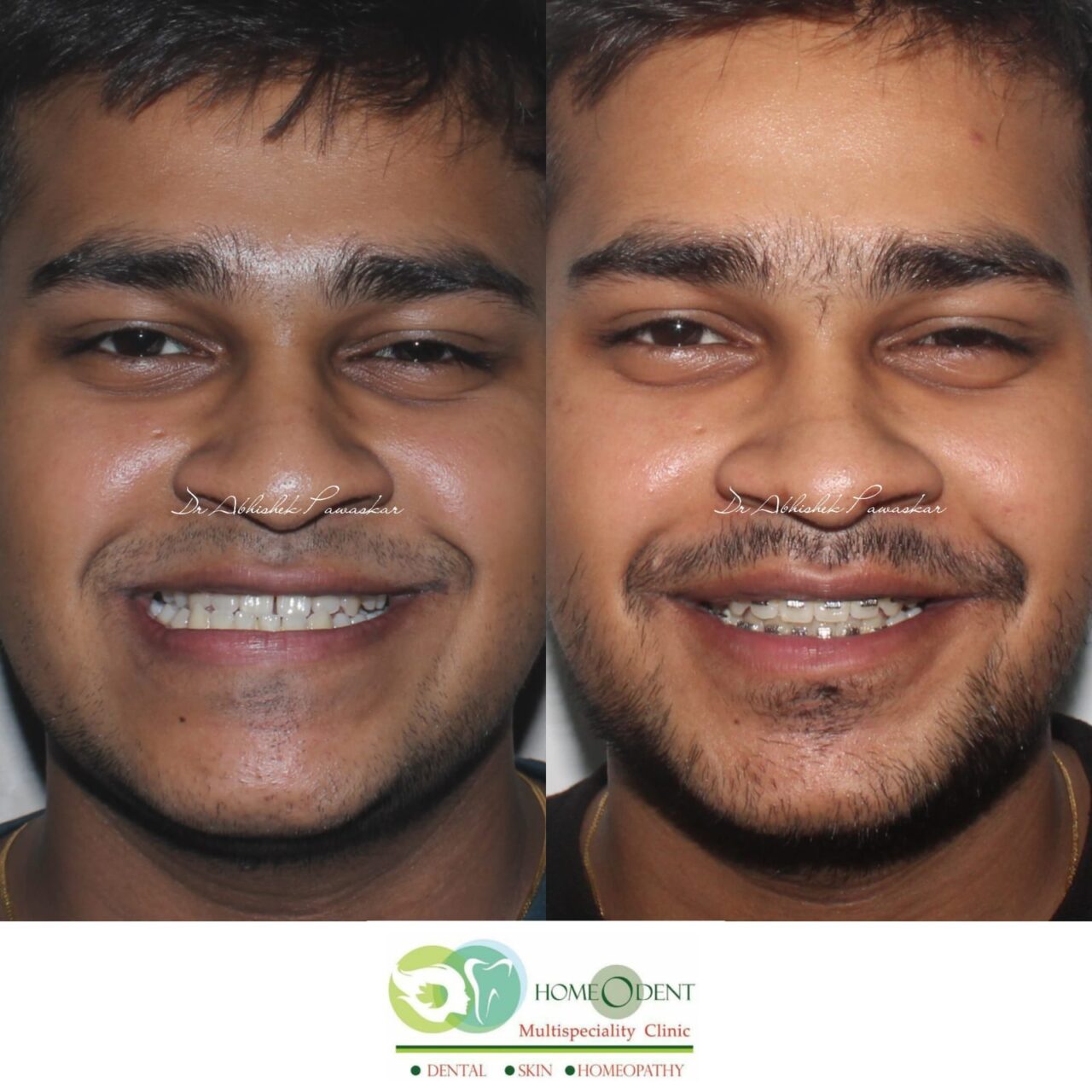
The Benefits of Orthognathic Surgery
Orthognathic surgery offers numerous benefits that go beyond just fixing jaw alignment:
Functional Improvements
One of the primary benefits is improved function. Patients can chew, speak, and breathe more easily after surgery. This can lead to better overall health and nutrition, as well as reduced jaw pain and discomfort.
Aesthetic Enhancements
Another significant benefit is the improvement in facial aesthetics. Correcting jaw alignment can enhance the symmetry and proportion of the face, leading to a more balanced and attractive appearance.
Psychological Benefits
Improved function and appearance often lead to boosted self-esteem and confidence. Patients report feeling more comfortable in social situations and less self-conscious about their appearance.
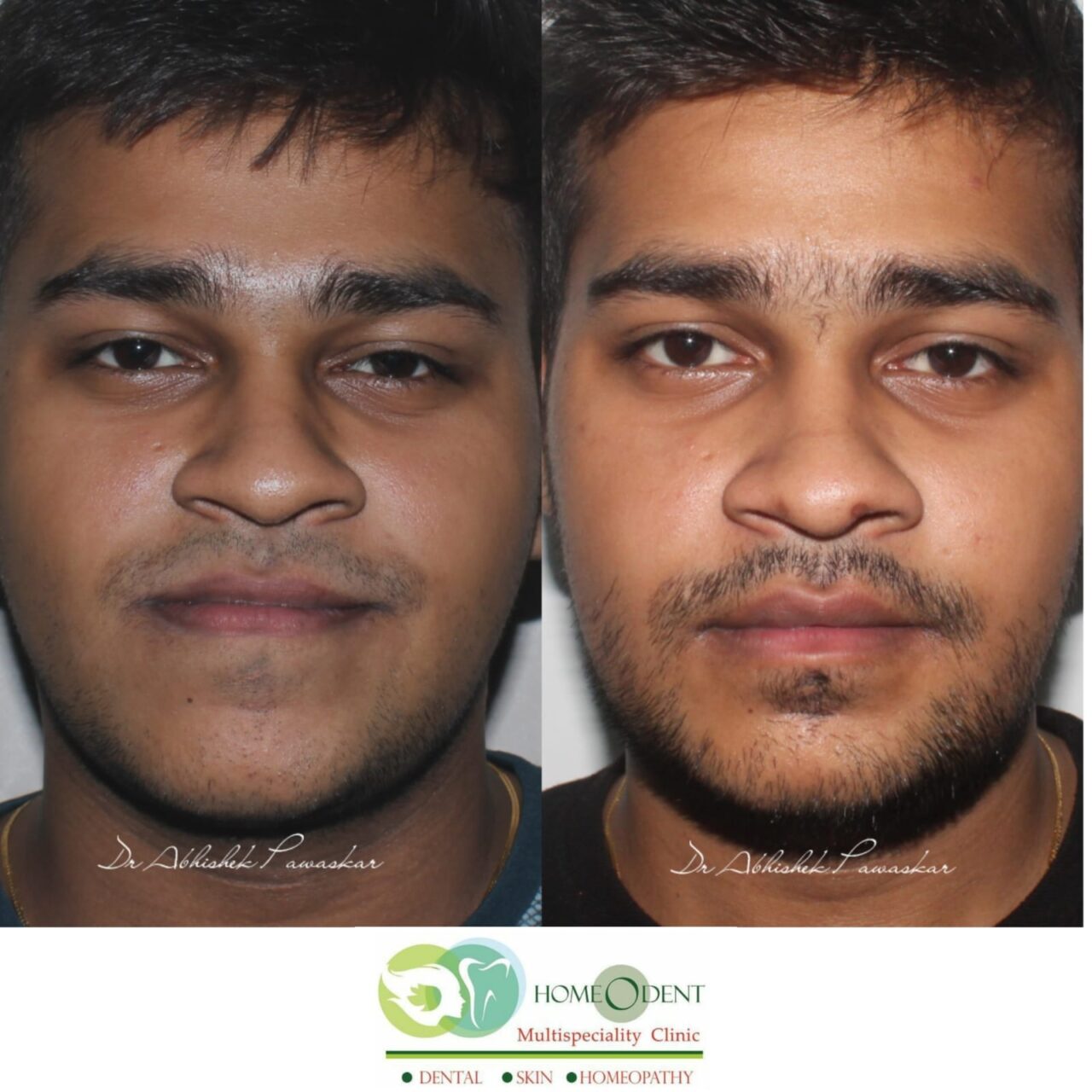
Care to be Taken Post-Surgery
Post-surgery care is crucial for a smooth recovery and successful outcome:
Immediate Post-Surgery Care
Immediately after surgery, patients will need to stay in the hospital for a few days. Pain management, maintaining oral hygiene, and a liquid diet are critical components of early recovery.
Long-Term Care
Once home, patients need to follow a soft food diet for several weeks. Regular follow-ups with the surgeon and orthodontist are necessary to monitor healing and progress. Physical therapy may also be recommended to regain full jaw function.
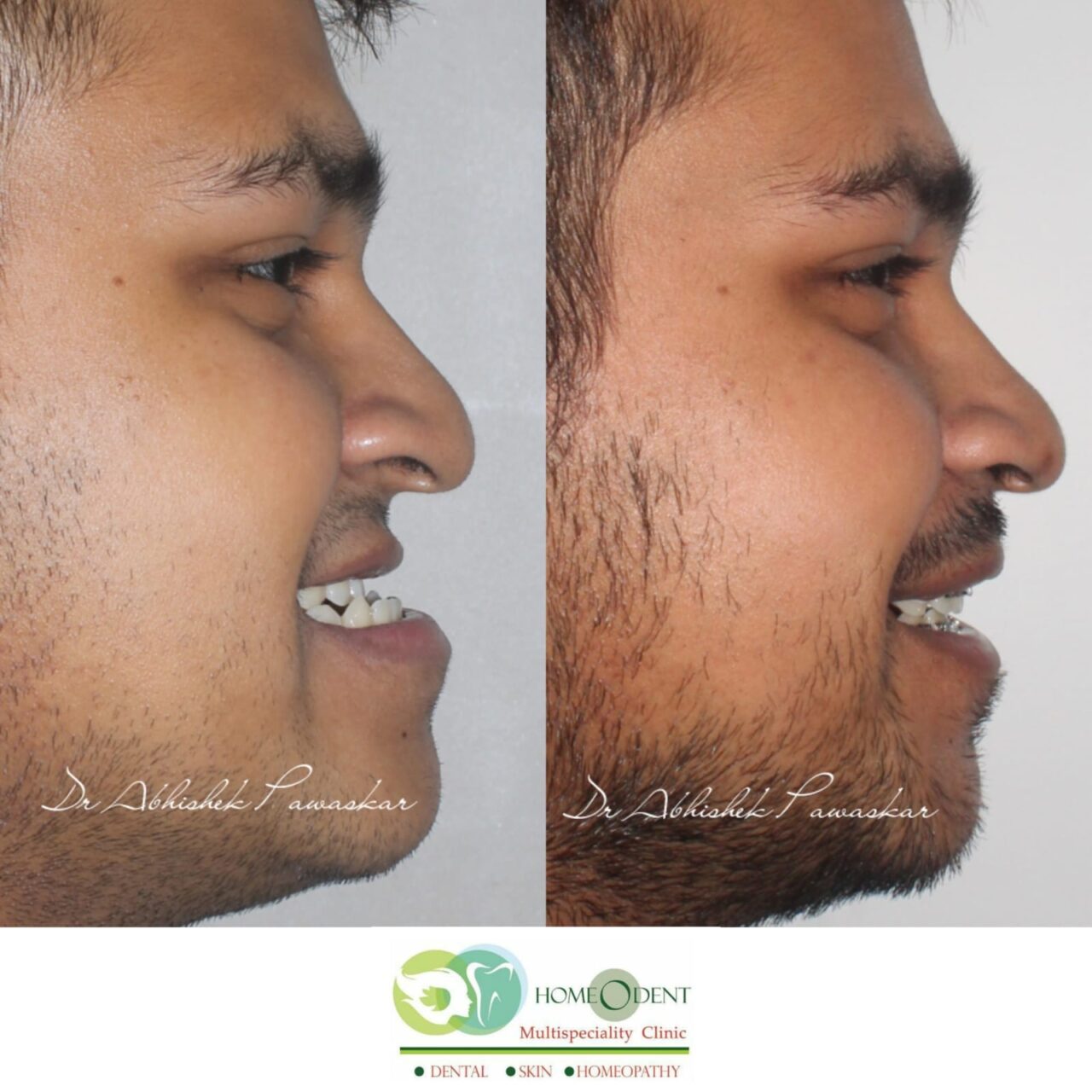
Tips for a Smooth Recovery
Rest is essential. Avoid strenuous activities and follow your surgeon’s guidelines closely. Keeping your head elevated and using cold compresses can help reduce swelling.
Preparing for Orthognathic Surgery
Preparation is critical to a successful orthognathic surgery:
Initial Consultations
Your journey will start with consultations with both an orthodontist and a maxillofacial surgeon. They will evaluate your case, take necessary x-rays and 3D scans, and discuss your options.
Pre-Surgery Evaluations
Comprehensive evaluations, including medical history and physical exams, are conducted to ensure you are a suitable candidate for surgery. Psychological assessments might also be part of the process of preparing you mentally.
Mental and Physical Preparation
Being mentally prepared is just as important as physical preparation. Understand the risks, benefits, and recovery process thoroughly. Maintaining a healthy diet and quitting smoking (if applicable) are also recommended.
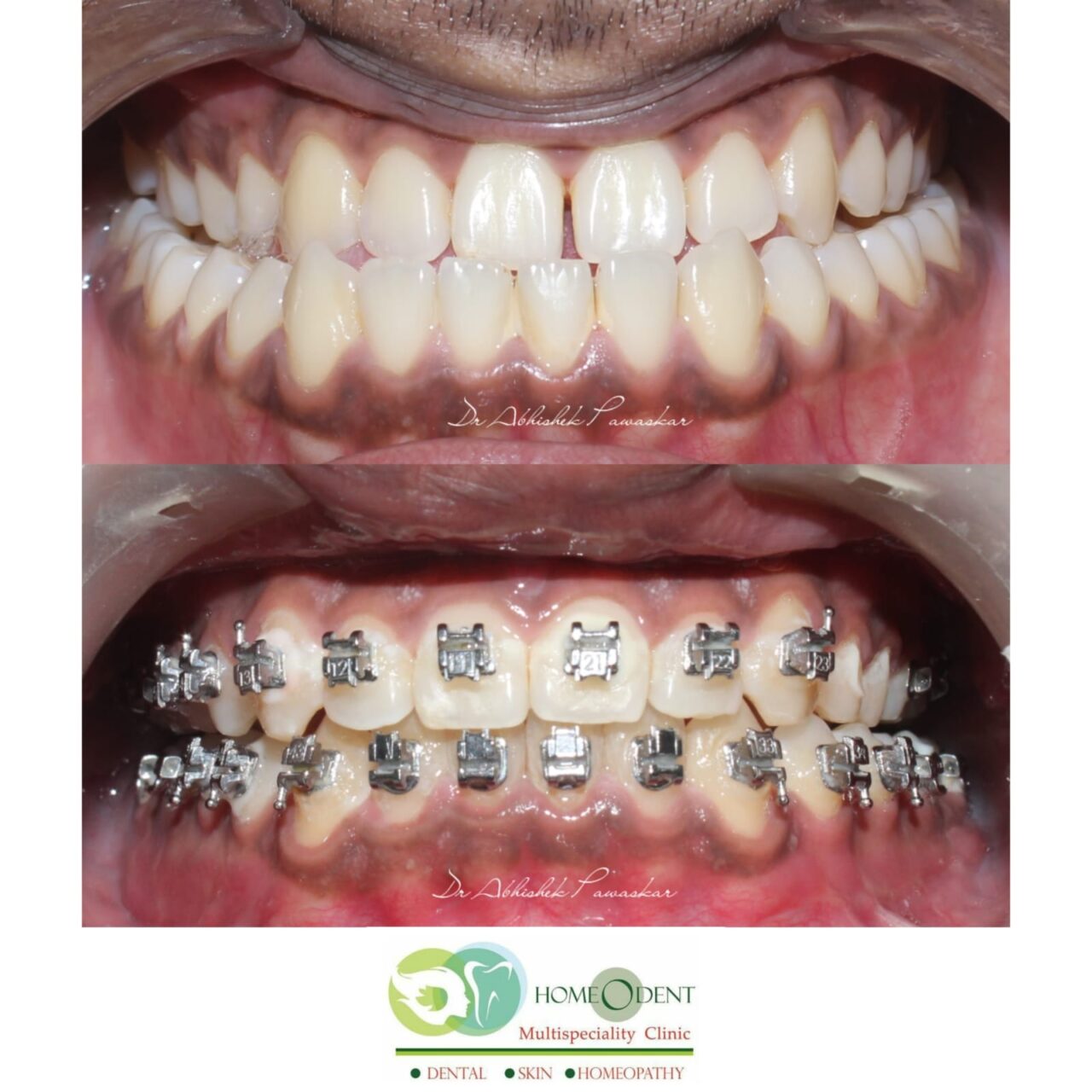
Types of Orthognathic Surgeries
Orthognathic surgery encompasses several types of procedures:
Maxillary Osteotomy
This surgery involves cutting and repositioning the upper jaw (maxilla) to correct alignment.
Mandibular Osteotomy
This procedure focuses on the lower jaw (mandible), which is repositioned to improve function and aesthetics.
Genioplasty
Genioplasty is a chin surgery that can be performed alone or in combination with other orthognathic procedures to enhance facial harmony.
Risks and Complications
As with any surgery, orthognathic surgery carries risks. These include infection, bleeding, nerve damage, and relapse of the jaw position. Choosing an experienced surgeon and following post-operative care instructions can minimize these risks.
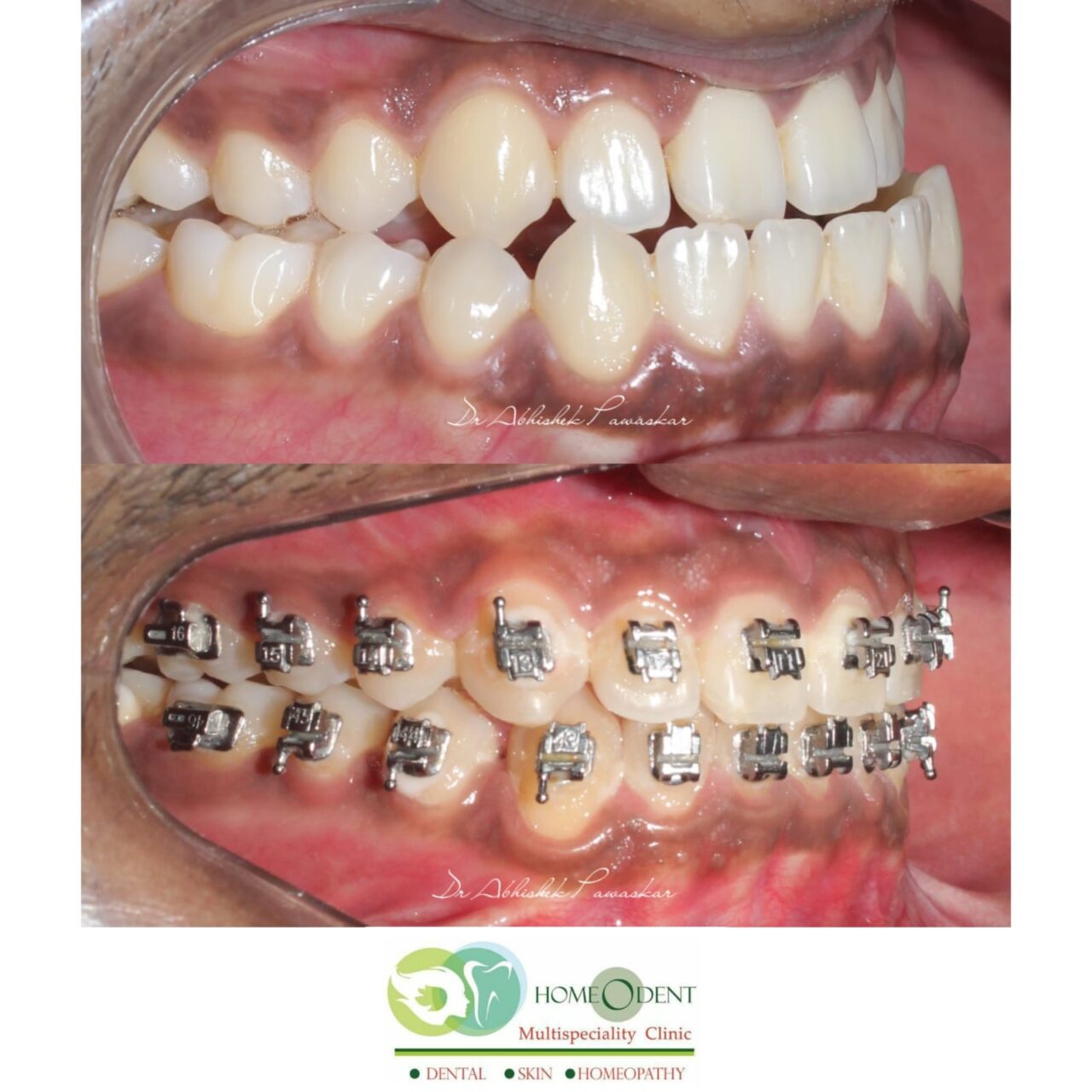
Recovery Timeline
Recovery from orthognathic surgery varies by individual but typically follows this timeline:
Week 1-2
Initial swelling and bruising are at their peak. Patients usually stay on a liquid diet.
Week 3-4
The swelling starts to decrease. Patients can begin eating soft foods.
Month 2-3
Most of the swelling has subsided. Normal activities can be gradually resumed.
Month 4-6
A full recovery is expected. Orthodontic treatment may continue to fine-tune bite alignment.
Patient Stories and Testimonials
Hearing from others who have undergone orthognathic surgery can be incredibly reassuring. Many patients share stories of how the surgery transformed their lives, improved their health, and boosted their confidence.
Choosing the Right Surgeon
Selecting the right surgeon is crucial. Look for a board-certified maxillofacial surgeon with extensive experience in orthognathic surgery. Ask about their success rates, view before-and-after photos, and read patient reviews.
Future of Orthognathic Surgery
The field of orthognathic surgery is continually evolving. Advances in technology, such as 3D printing and virtual surgical planning, promise even better outcomes and shorter recovery times. The future looks bright for those needing corrective jaw surgery.
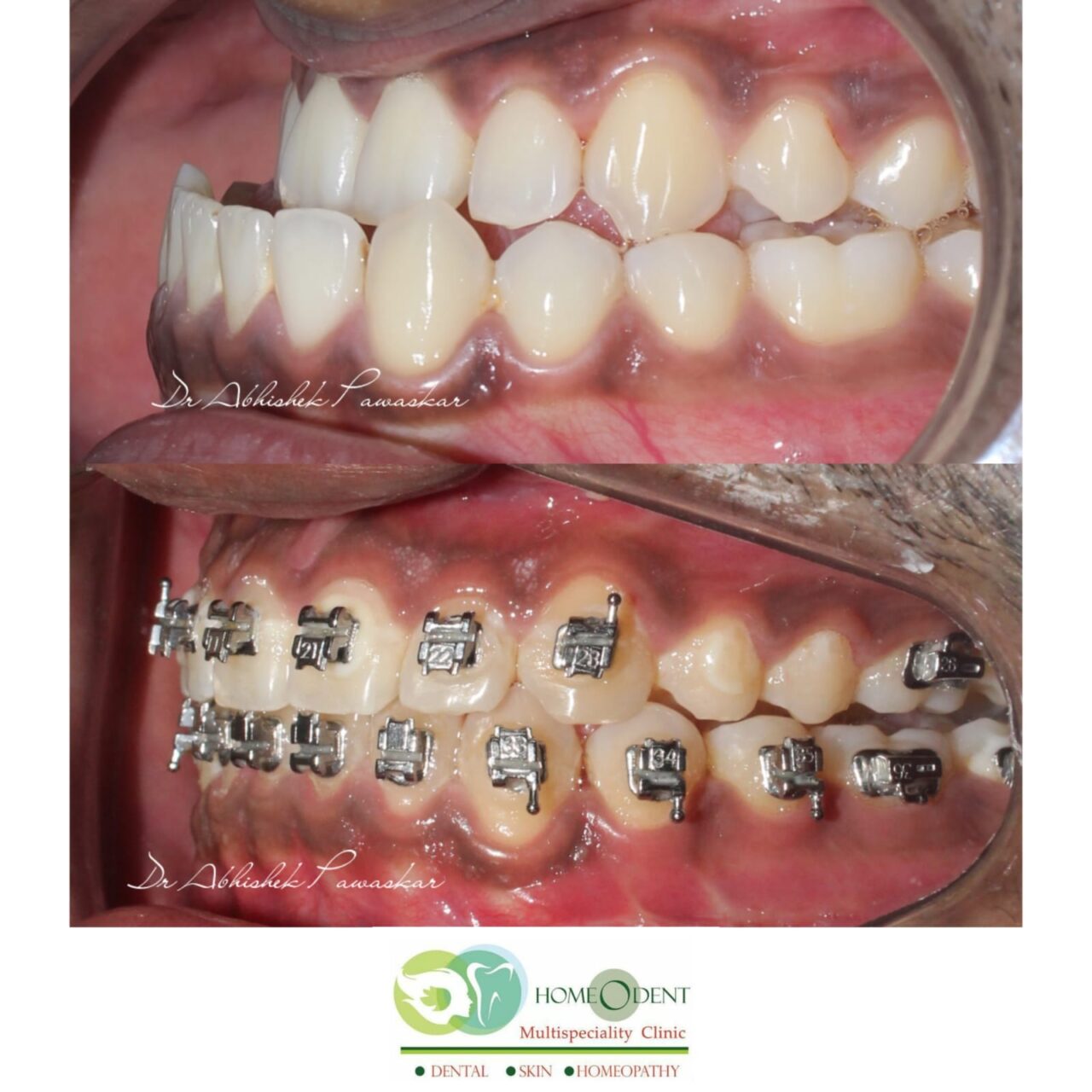
Conclusion
Orthognathic surgery is a powerful tool for correcting jaw misalignments, offering numerous functional and aesthetic benefits. While the process involves significant preparation and recovery, the results can be life-changing. If you think you might be a candidate, consult with a qualified professional to explore your options.
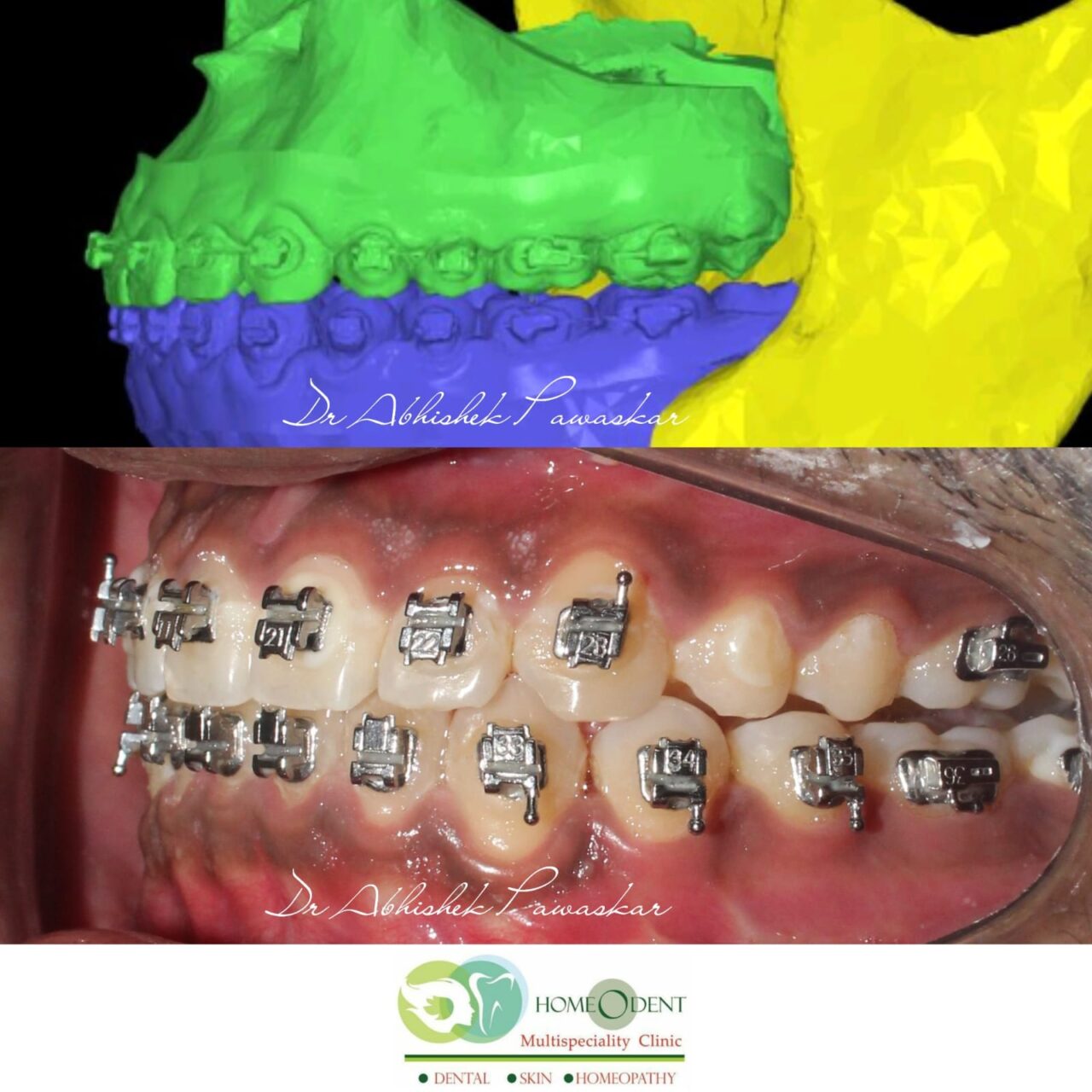
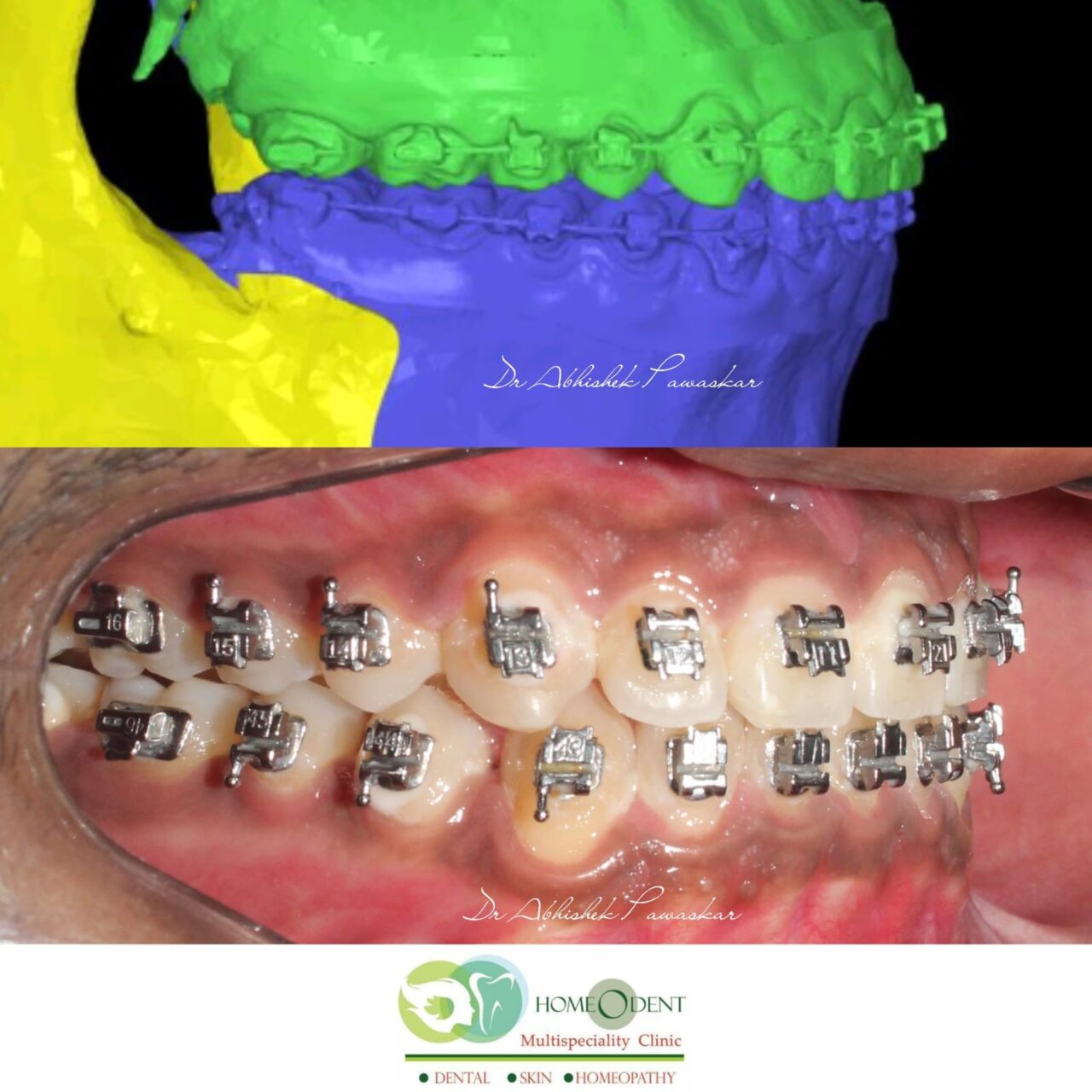
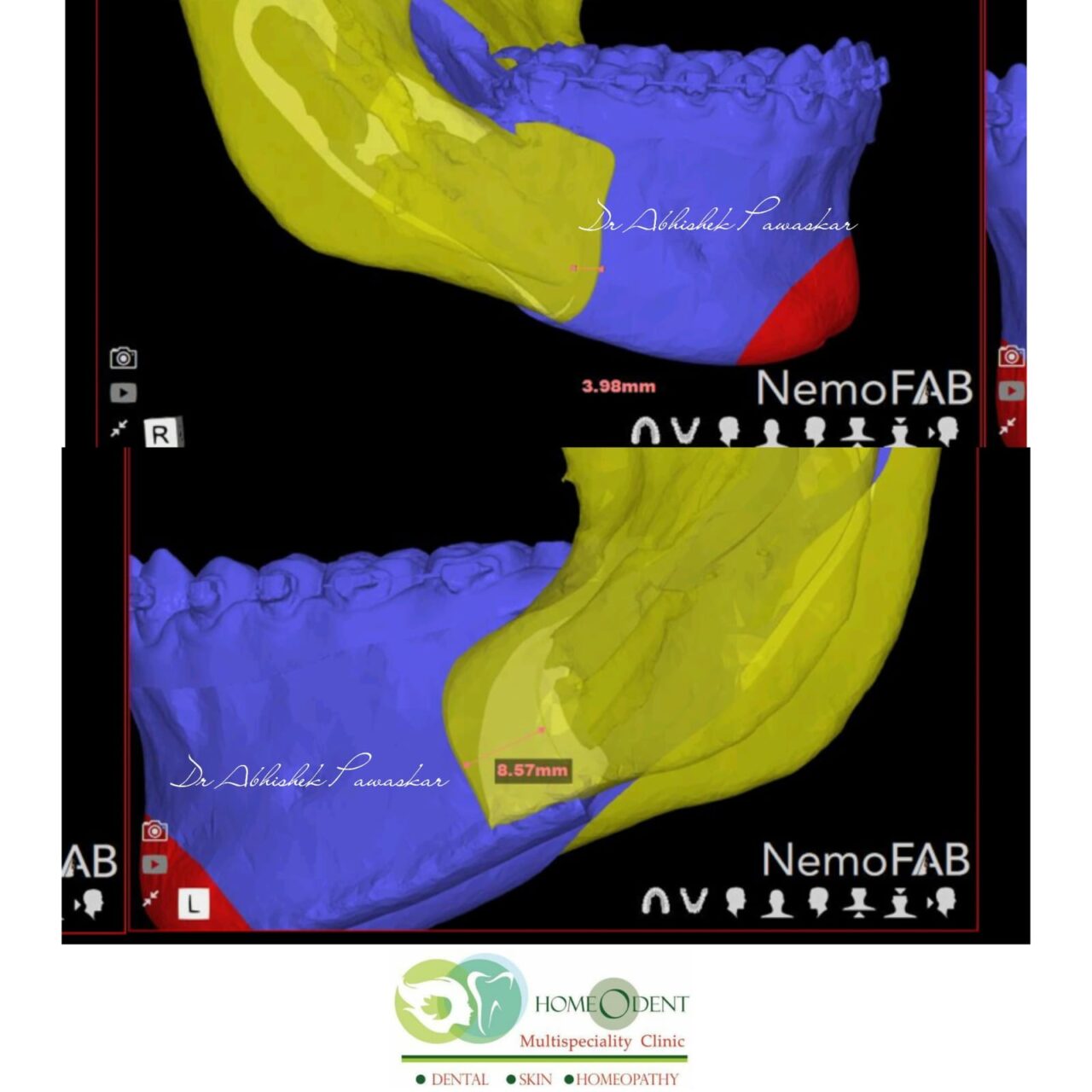
FAQs
What is the typical recovery time for orthognathic surgery?
Recovery usually takes about 6-12 weeks, with the first few weeks focusing on managing swelling and pain.
How do I know if I need orthognathic surgery?
If you have significant functional issues like difficulty chewing, chronic jaw pain, or severe malocclusion, you might be a candidate. Consult with an orthodontist and a maxillofacial surgeon for an evaluation.
Are there non-surgical alternatives?
In some cases, orthodontic treatments alone may be sufficient. However, severe skeletal issues often require surgical intervention.
How painful is surgery and recovery?
Pain levels vary by individual, but most patients experience moderate discomfort after surgery, which can be managed with prescribed pain medications. The first few days are typically the most uncomfortable, with the pain gradually decreasing over the weeks.
Can orthognathic surgery change my facial appearance?
Yes, orthognathic surgery can significantly alter your facial appearance by improving jaw alignment and facial symmetry. These changes often enhance overall aesthetics and balance.
